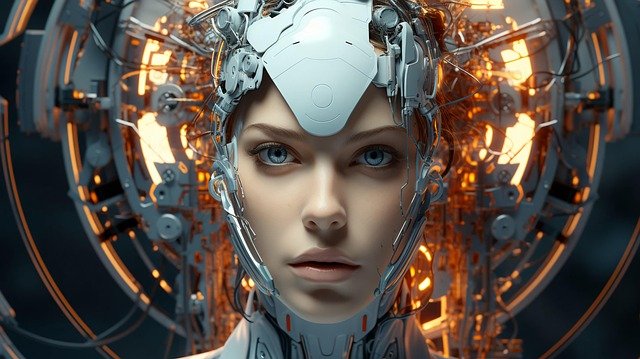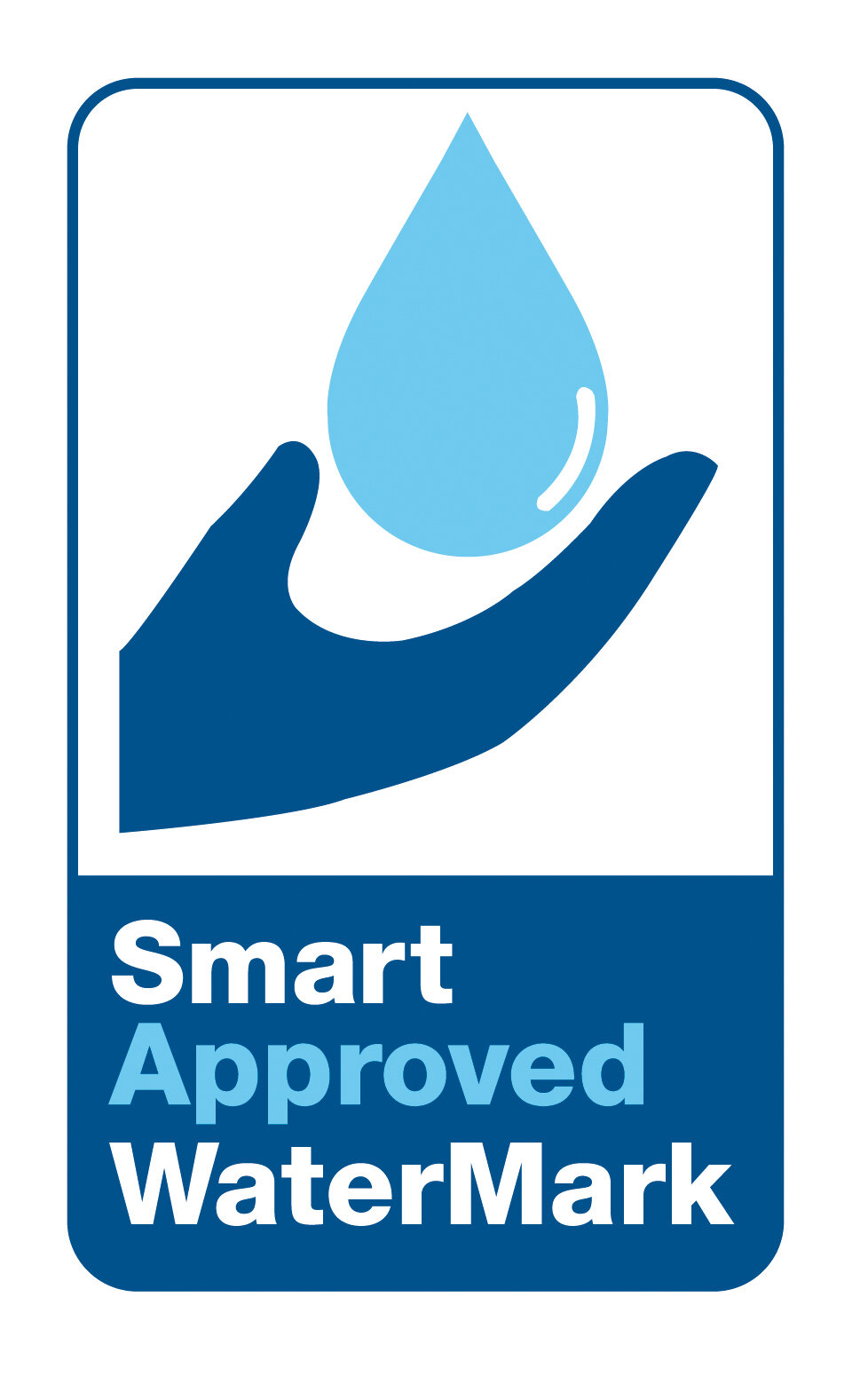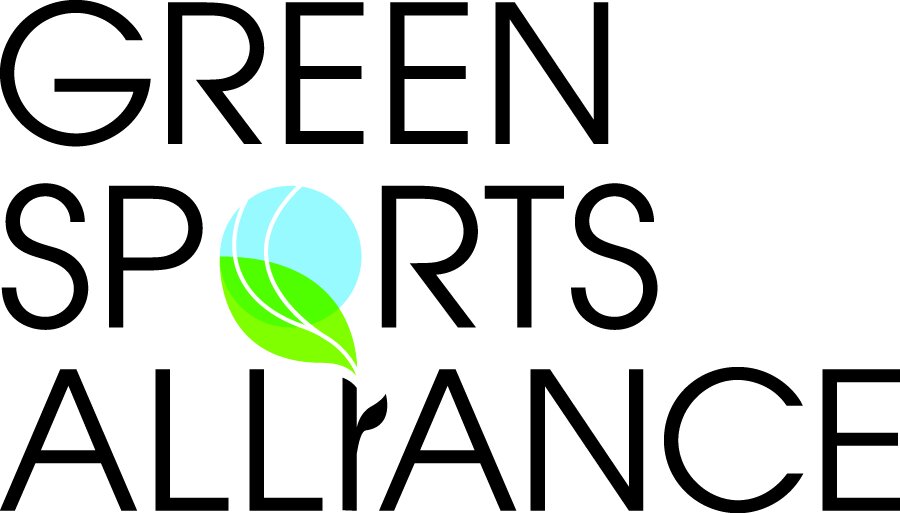Image by Mohammad Usman found on Prexels
Artificial intelligence (AI) is revolutionizing industries, but few realize the hidden environmental cost: water consumption. As AI models like ChatGPT become more advanced, the demand for data centers—and the water needed to cool them—continues to rise.
How AI Data Centers Use Water
AI models are powered by massive data centers filled with specialized chips that generate intense heat. To keep these systems running efficiently, modern data centers rely on liquid cooling, which often uses clean, potable water. This water prevents bacteria, clogging, and corrosion, ensuring the longevity of the hardware.
The cooling process works by circulating coolant over the chips, absorbing heat, and transferring it to heat exchangers. Here, water further cools the system. However, cooling towers dissipate heat through evaporation, with up to 80% of the water lost in the process. This significant loss can strain local water supplies, impacting both communities and agriculture.
Community Impact: Global Concerns Over AI’s Water Use
Communities in countries like Spain, India, Chile, Uruguay, and the United States have raised concerns about the stress data centers place on local water sources and electricity grids. Beyond direct cooling, generating electricity for these centers—especially from coal, gas, and nuclear plants—requires even more water, as these plants use water to create steam for turbines.
The Scale of AI’s Water and Energy Consumption
Major tech companies such as Google, Meta, and Microsoft report using billions of liters of water annually for their data centers. However, they rarely specify how much is directly attributable to AI. The International Energy Agency predicts a 400% increase in electricity demand for AI-optimized data centers by 2030—equivalent to the UK’s annual electricity use. Water is also essential in manufacturing AI’s semiconductor chips and refining the raw materials used to build hardware.
Promising Solutions and Innovations
To address these challenges, tech giants have pledged to become water neutral by 2030. The industry is exploring innovative solutions, including:
Waterless cooling technologies
Waterless urinals and low water consumption restroom fixtures
Reusing excess heat to warm homes
Relocating data centers underwater, in Arctic regions, or even in space
Experts remain hopeful for a more sustainable future, emphasizing the need for society-wide efforts to minimize water and energy use for AI applications.
Ready to dramatically reduce water consumption and cut costs? Waterless Co., Inc has pioneered water efficiency solutions for over 35 years, helping facilities save millions of gallons annually. Our waterless urinals eliminate up to 35,000 gallons of water waste per fixture each year, turning your restrooms into profit centers, not cost drains.
Stop flushing money down the drain. Contact a Waterless Co Inc. specialist today for a free water savings assessment and discover how much your facility can save.
Source: BBC Report: https://www..com/watch?v=b0C56yqIkbk










